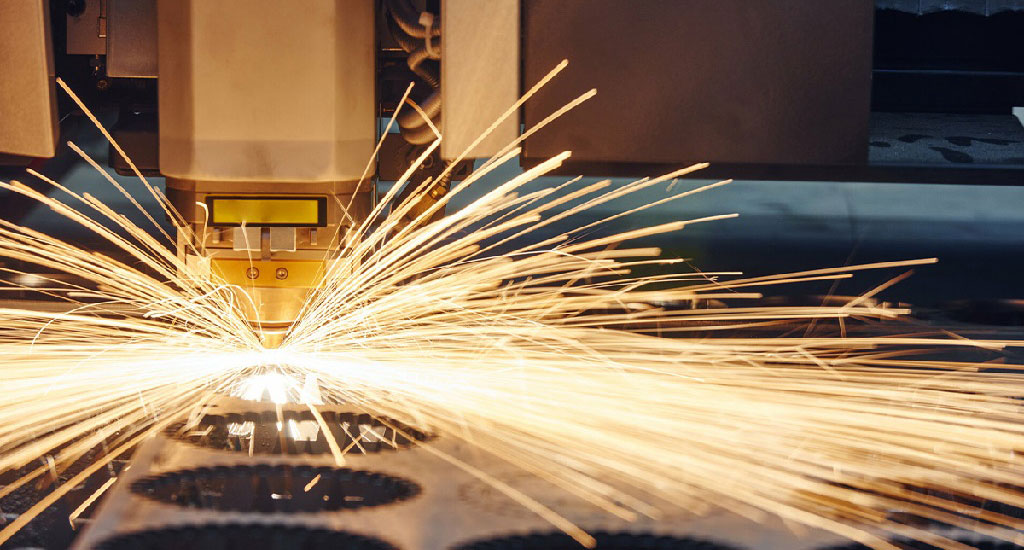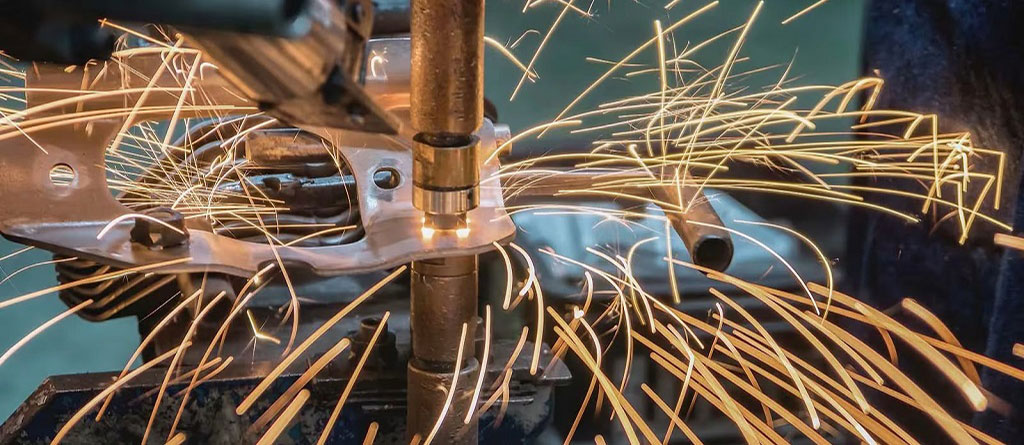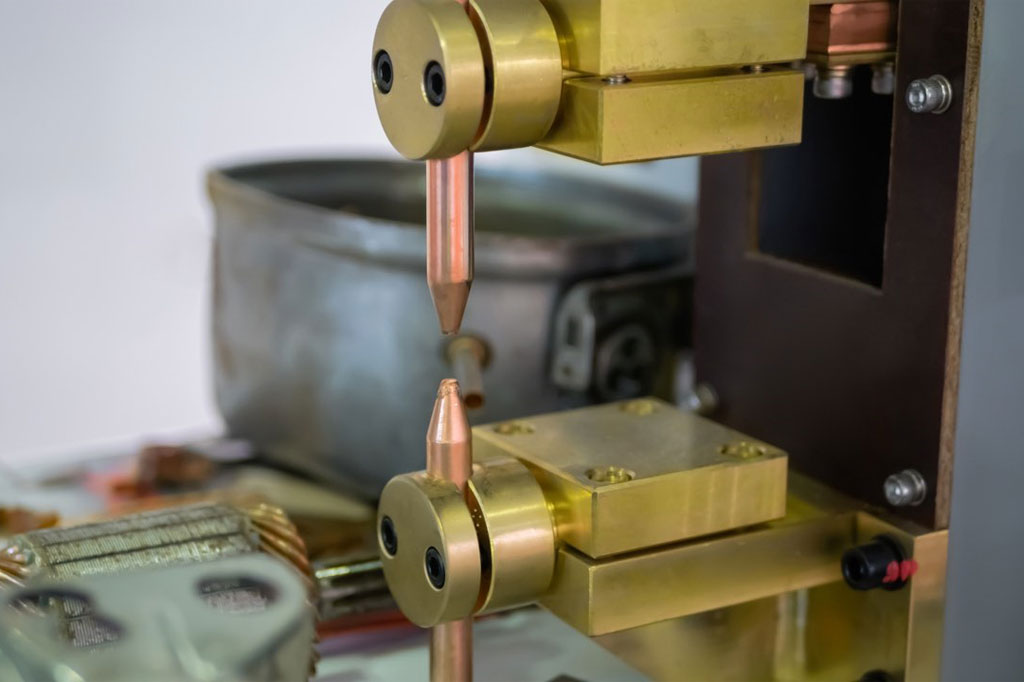Spot welding is a widely used process in manufacturing, especially in industries where metal parts need to be joined with precision and efficiency.
This method is crucial in applications such as automotive, electronics, and aerospace, where high-quality welds are necessary to ensure structural integrity and performance.
Spot welding involves using electrical resistance to heat the metal parts at the point of contact, causing them to melt and fuse.
Despite its versatility, several factors must be considered when spot welding precision metal parts to ensure optimal results.
1. Material Selection
The choice of materials is fundamental in determining the effectiveness of spot welding. Metals have unique properties, such as conductivity, melting points, and mechanical characteristics, which influence how they react to heat. For example:
- Steel: Mild steel is the most common material used for spot welding due to its excellent conductivity and weldability.
- Aluminum: This metal requires more precise control over welding parameters due to its high thermal conductivity, which can make it challenging to achieve strong welds.
- Stainless Steel: Stainless steel is often used for its corrosion resistance, but it may require higher power levels and more time to achieve proper fusion.
- Copper Alloys: These materials need even more heat due to their high thermal conductivity, requiring specialized welding equipment.
Choosing the right metal and alloy combination is critical for achieving strong, durable, and consistent welds in precision parts.
2. Thickness of Materials
The thickness of the material being welded plays a significant role in the spot welding process. Thicker materials require more heat and pressure, while thinner materials may be welded with less power.
For precision parts, ensuring that the material thickness is uniform and within the welding capacity of the machine is vital for achieving consistent results. When welding multiple layers of metal, the settings must be adjusted to ensure proper fusion without damaging the parts.

3. Electrode Selection and Maintenance
The electrodes should have proper tip geometry to create a focused and efficient heat source. Over time, electrodes wear down, and their tips can become deformed or contaminated, which can affect the quality of the weld.
Regular inspection and maintenance of electrodes are crucial for maintaining high-quality welds, especially in precision applications.
4. Welding Parameters: Time, Current, and Pressure
The three primary parameters in spot welding—time, current, and pressure—must be optimized for each specific application to ensure the highest quality weld:
- Current: The electrical current must be adequate to generate enough heat to melt and fuse the materials together. Too much current can cause burn-through or distortion, while too little will result in a weak weld.
- Time: The duration of the welding cycle is just as important. Excessive time can cause excessive heat buildup, leading to material distortion, while too little time may result in incomplete fusion.
- Pressure: Adequate pressure ensures proper contact between the parts and the electrodes during the metal welding service, which promotes better heat conduction and a stronger bond. Too little pressure can lead to weak joints, while excessive pressure may cause the material to deform or burn.
For precision applications, fine-tuning these parameters is necessary to produce uniform, high-strength welds.
5. Heat Management and Cooling
Managing heat during the spot welding process is essential to avoid warping or damaging precision parts. Excessive heat can lead to distortion, which is especially problematic in parts with tight tolerances.
Efficient cooling systems in the welding machine, such as water-cooled electrodes and cooling circuits, are necessary to dissipate heat quickly and maintain a controlled welding environment.
Proper heat management is particularly important when welding materials with lower melting points, like aluminum, which are more prone to overheating.
6. Electrode Pressure Distribution
Uniform pressure distribution is a key factor in achieving a high-quality spot weld. Inconsistent pressure can lead to inadequate fusion, weak welds, or potential damage to the materials.
In precision applications, it is crucial to ensure that the electrodes are correctly aligned and exert even pressure across the entire surface of the metal parts being welded.
This can be challenging when working with parts that have complex geometries or thin edges, as the pressure needs to be distributed evenly to avoid deformation.
7. Alignment of Parts

Precision metal parts often have tight tolerances, and proper alignment during the spot welding process is critical to ensure accurate joint placement and avoid misalignment. Even slight misalignments can lead to defective welds or poor functionality.
Parts should be securely fixtured and aligned to avoid shifting during the welding process. This ensures that the weld is placed exactly where it is needed and that the parts fit together as intended.
8. Post-Welding Inspection and Quality Control
Post-weld inspection is vital to verify the weld’s strength and quality after the spot welding process. Visual inspections can reveal surface issues such as burn marks, misalignment, or inconsistent weld spots.
More advanced methods, such as ultrasonic testing, x-ray inspection, and tensile testing, may be used to assess the internal integrity of the welds and ensure they meet the required standards.
For precision parts, high-quality control standards are crucial to avoid defects that could compromise the part’s function.
9. Environmental Considerations
The environment in which the spot welding process takes place can influence the quality of the welds. Factors like humidity, temperature fluctuations, and contamination can impact the effectiveness of the process.
For example, welding in a dusty or dirty environment can introduce contaminants into the welding zone, potentially leading to weak or defective joints.
Ensuring that the welding operation occurs in a clean, controlled environment can help minimize such risks.
10. Automation and Robotics
For high-precision welding, automation and robotic systems are often employed to achieve greater consistency, repeatability, and precision.
Automated spot welding machines can be programmed to control welding parameters precisely, allowing for accurate, high-quality welds even on complex parts.
Robotics enhance production speed and consistency, minimizing human error and boosting overall efficiency in precision manufacturing.

